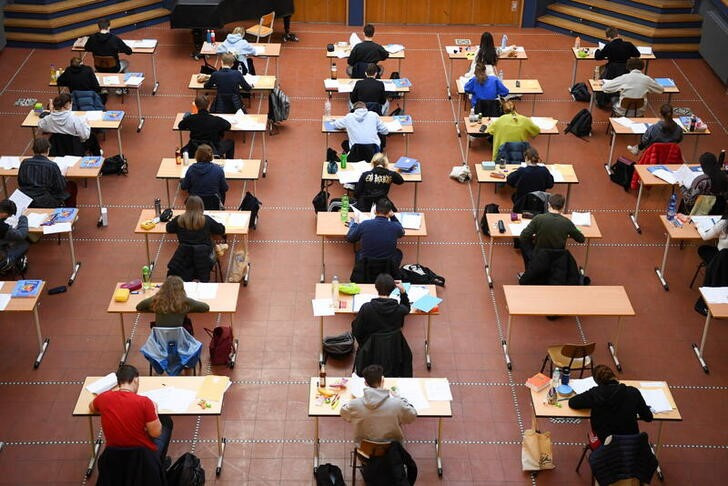
A recent report from the State Bar of California sheds light on the significant disparities in pass rates and dropout rates among law students in the state. The report, The Law School Profile, unveiled on Friday, delves into the performance of law schools accredited by the American Bar Association (ABA) and those without ABA accreditation. Notably, the findings raise policy questions about regulating law schools in California.
Bar Exam Results
ABA-Accredited Schools vs. Non-ABA-Accredited Schools
According to the report, graduates from California’s 18 ABA-accredited law schools faced a challenging landscape, with a pass rate of merely 21% on the July 2022 bar exam. In contrast, their counterparts from ABA-accredited schools boasted a substantially higher pass rate of 67%. These findings underscore the academic hurdles faced by students in non-ABA-accredited institutions.
Tuition and Diversity
Cost and Student Demographics
Interestingly, the report reveals that law schools without ABA accreditation offer a more economical alternative. Graduates from non-ABA-accredited schools experience significantly lower tuition costs, with an average of $33,115 for a Juris Doctor compared to the steep $174,233 from ABA-accredited institutions. Moreover, non-ABA-accredited schools demonstrate greater diversity in their student bodies, presenting a potential avenue for increased accessibility to legal education.
Policy Implications
Questions on Regulation and Future Considerations
Leah Wilson, the Executive Director of the State Bar, emphasizes the need for a comprehensive examination of the findings. She states that the report raises crucial policy questions concerning the regulation of law schools in California. One key question is assessing the value of a legal education when the likelihood of bar exam passage is uncertain. The State Bar plans to delve further into these trends to inform future decisions on legal education in the state.
California’s Unique Accreditation System
A Three-Tiered System and Access to the Bar
California boasts a unique system of law school accreditation, offering three tiers of certification. ABA-accredited schools allow graduates to take the bar exam in any state, while California-accredited schools restrict bar exam eligibility to the Golden State. Additionally, graduates from unaccredited schools may take the California Bar after passing the state’s First Year Law Students Exam, commonly known as the Baby Bar. However, the report highlights a concerning 9% pass rate for the July 2022 bar exam among graduates from these unaccredited schools.
Diversity and Accessibility
Role of Accredited and Unaccredited Schools
Despite the challenges faced by non-ABA-accredited schools, the report acknowledges their significant role in promoting diversity and accessibility within the state’s legal community. Notably, students of color account for 46% of enrollment in ABA-accredited schools, 56% in California-accredited schools, and 50% in unaccredited law schools. This underscores the vital contribution of these schools in fostering inclusivity in legal education.
The State Bar’s comprehensive Law School Profile serves as a critical tool for evaluating the strengths and weaknesses of California’s law schools. The disparities in pass rates, dropout rates, and tuition costs among ABA-accredited and non-ABA-accredited schools present challenges and underscore opportunities for enhancing diversity and accessibility in the legal profession. As the State Bar plans further research, stakeholders await insights that could shape the future of legal education in California.
Don’t be a silent ninja! Let us know your thoughts in the comment section below.
